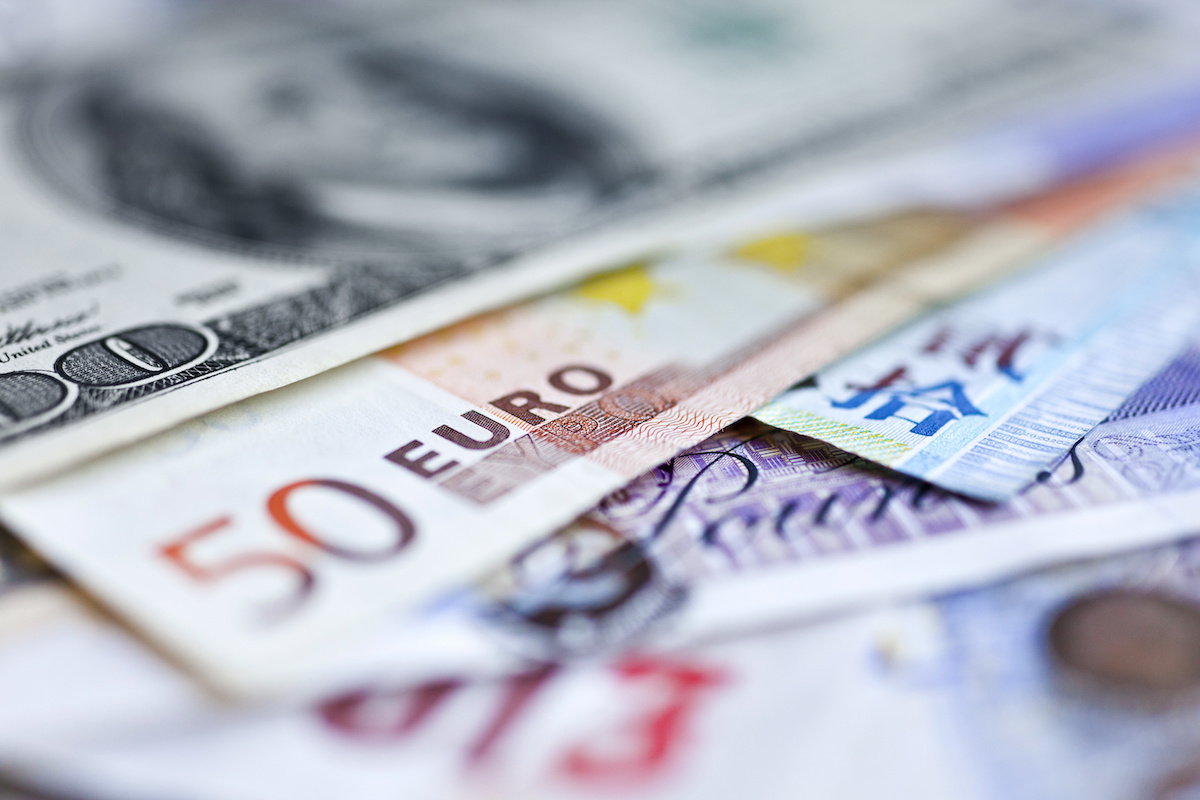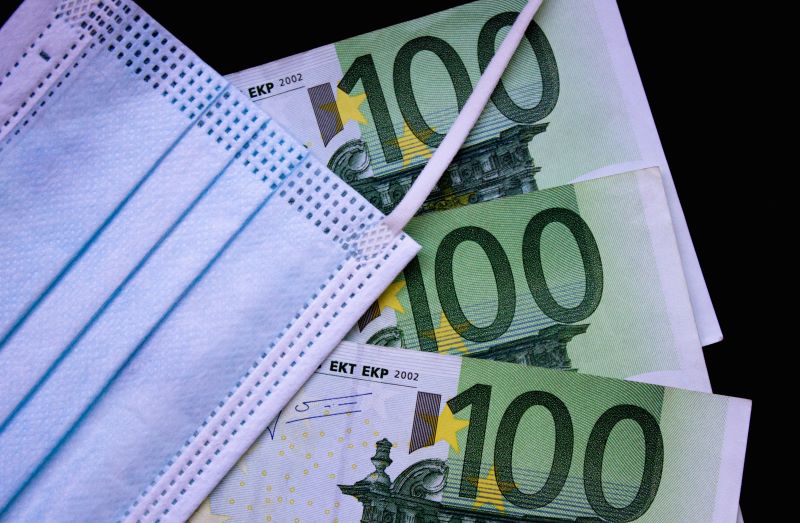Debt relief for low-income countries (LICs) is on the table of measures to consider for coronavirus response. But we should recognize that the current crisis is different from the past when it comes to a major, multi-country debt relief effort, and it’s important to think through where debt relief makes sense and where it doesn’t as a response to this pandemic. The imperative right now is to get cash to LICs as quickly as possible. Suspending some debt service payments may be a good first step in freeing up some budget space for new spending. Beyond that, protracted debt-relief negotiations with multilateral and commercial creditors right now could be a distraction at best but could also actively undermine the ability of institutions like the World Bank to offer new financing for crisis response.
With that in mind, here are some principles to consider.
The first overriding principle is that any debt relief initiative should serve the goal of maximizing financing for LICs now. This has not been the goal of past debt relief efforts, which either attempted to deal with long term solvency issues (debt “overhangs” in countries that were a drag on growth and development) or short-term payment issues related to specific loans and projects. Depending on the goal, these efforts were either aimed at debt forgiveness to deal with the overhangs or debt restructurings to ensure repayment over time. Neither of these approaches was oriented toward maximizing financing for countries to deal with a near term shock such as the current pandemic.
Second, debt relief can be useful if it frees up fiscal space, particularly by targeting creditors who otherwise won’t be forthcoming with any new or scaled up financing. World Bank president David Malpass has called on G20 bilateral creditors to offer a moratorium on payments and to consider debt forgiveness in the months ahead. Who are we talking about here? These days, China’s policy banks (China Development Bank and China Exim Bank) are the largest among bilateral creditors to LICs. But the category also includes development finance institutions and export credit agencies in Europe, Japan, and the United States. These countries are unlikely to look to their external lenders for a major scale up as they focus on the pandemic in their own economies. With that in mind, the simple measure they could take is to pause on payments due now and consider outright forgiveness as Malpass has suggested. Bilateral creditors currently account for about one-third of LICs’ external debt, so payment relief and/or debt forgiveness would result in significant fiscal relief if we assume these creditors account for the same share of current payments.
Third, debt relief should not impair the institutions that will be forthcoming with scaled up financing. Unlike the bilateral creditors, the multilateral development banks (MDB) are already on the frontlines of crisis response. In the same statement, Malpass announced expanded lending for developing countries. Introducing the prospect for MDB (or even IMF) debt relief in the current context would complicate efforts to scale up their new financing to deal with the crisis. It would also be a needless distraction for donor countries, who would be called upon to “compensate” the MDBs for the forgone revenue from the debt write downs. Donors resources would be better employed toward direct crisis response, particularly health measures that will depend on grant money.
Fourth, debt relief should not be encumbered by conditionality. Again, the goal is to maximize spending now. Past debt relief efforts have been tied to IMF programs (with IMF conditionality). And here David Malpass gets it wrong by invoking “structural conditionality” as an element for World Bank crisis response. There may be a case for imposing conditions to deal with longer term structural issues in some countries, but that case is weak during a global crisis. If G20 bilateral creditors can be convinced to offer a moratorium on debt service and even consider debt forgiveness, they should do so with no strings attached.
Finally, when it comes to debt relief in the current crisis, we’re not necessarily all in this together. Past debt relief efforts have appropriately sought to sweep in all creditors to share the pain of debt forgiveness. Different types of creditors (government and private) can greatly encumber the process of achieving a sweeping agreement. All the more so today when many LICs have commercial creditors. It’s simply not worth the time and effort today to extract debt relief concessions from all creditors, particularly as with principle #3, it would be best to avoid seeking creditor relief from some types of creditors. As much as it might be desirable for commercial lenders to write down their loans, or simply offer a payment moratorium, there’s little to be gained by holding up other channels of debt relief as part of an extended negotiation. The most expedient path would be to focus on the G20 countries and their official lending activities as the target for debt relief. These governments account for nearly all bilateral lending to LICs and are well positioned to deliver significant fiscal space by offering a moratorium on payments.
CGD blog posts reflect the views of the authors, drawing on prior research and experience in their areas of expertise.
CGD is a nonpartisan, independent organization and does not take institutional positions.







